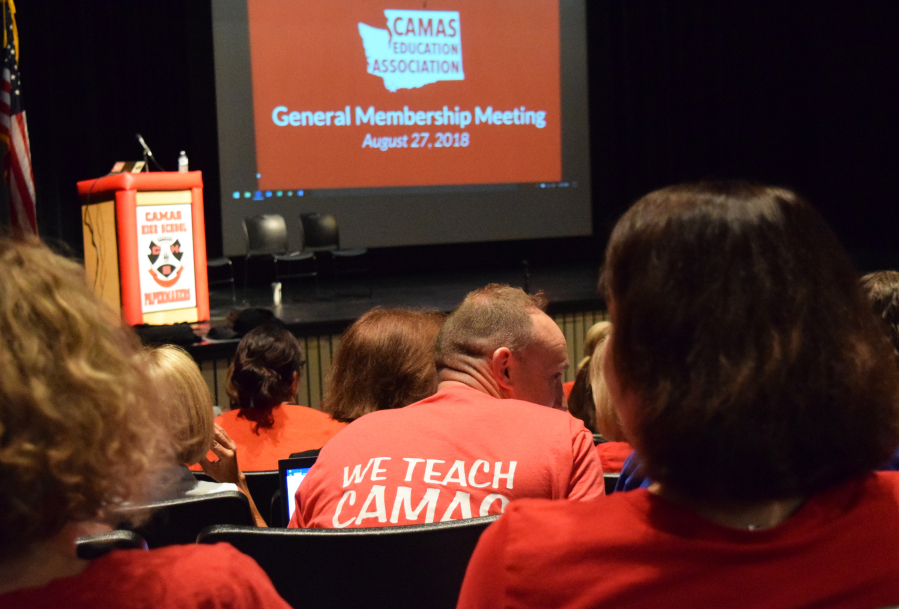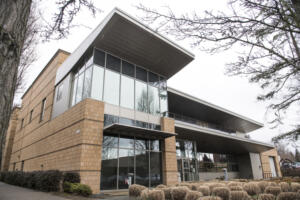Camas teachers are the latest Southwest Washington educators to say they will strike if their union and school district cannot reach a tentative agreement on salary schedules by Sept. 4, the scheduled first day of school.
Camas Education Association (CEA) members passed the strike vote Monday, Aug. 27, with 95.7 percent of members in attendance voting “yes,” according to Shelley Houle, president of the Camas teachers union.
The CEA represents 452 full-time educators in the Camas School District (CSD).
Houle said the Camas teachers union has tried to rally for its members and get them a fair contract going into the 2018-19 school year.
“We’ve shown up to school board meetings. We’ve had several rallies. We’re getting about half our membership at these different things. We have parents and the community (members who) want to support us. We really feel like any movement that the district has made has been because of our actions,” Houle said. “So, (the strike vote) is kind of like a last, extreme action we can take to show that we think we’re worth it. We think we deserve professional pay for the work that we do.”
The negotiation teams met for about 20 minutes, on Sunday, Aug. 26, with the strike vote looming the next day, Houle said, but could not come to a tentative agreement.





